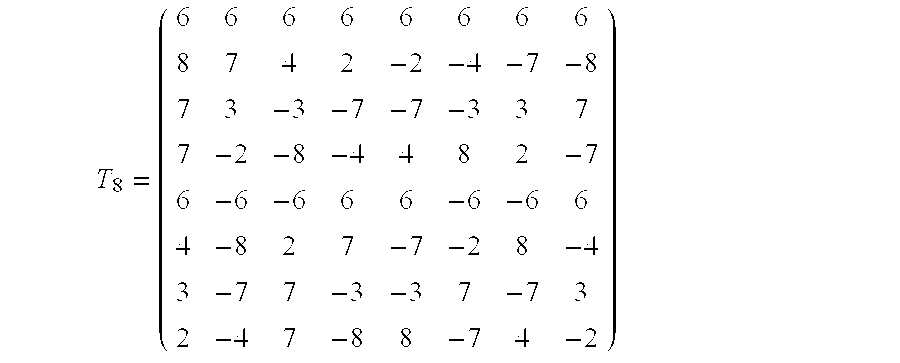Technique for bit-accurate film grain simulation
a film grain and simulation technology, applied in the field of film grain simulation, can solve the problems of cineon® application not yielding good performance for many high-speed films, film grain simulation fails to achieve adequate fidelity when images, and motion picture films typically contain image-dependent nois
- Summary
- Abstract
- Description
- Claims
- Application Information
AI Technical Summary
Problems solved by technology
Method used
Image
Examples
Embodiment Construction
Introduction
[0012] The method of the present principles simulates film grain in accordance with film grain information transmitted with an image to which simulated grain is blended. In practice, the transmitted image typically undergoes compression (encoding) prior to transmission via one of a variety of well-known compression schemes, such as the H.264 compression scheme. With the transmitted image compressed using the H.264 compression scheme, transmission of the film grain information typically occurs via a Supplemental Enhancement Information (SEI) message. Pursuant to contributions recently adopted by the standards body responsible for promulgating the H.264 standard, the SEI message can now include various parameters that specify different film grain attributes. Constraints on the film grain SEI message parameters
[0013] The method of the present principles imposes some constraints with regard to the number of parameters and their range of possible values allowed by the H.26...
PUM
 Login to View More
Login to View More Abstract
Description
Claims
Application Information
 Login to View More
Login to View More - R&D
- Intellectual Property
- Life Sciences
- Materials
- Tech Scout
- Unparalleled Data Quality
- Higher Quality Content
- 60% Fewer Hallucinations
Browse by: Latest US Patents, China's latest patents, Technical Efficacy Thesaurus, Application Domain, Technology Topic, Popular Technical Reports.
© 2025 PatSnap. All rights reserved.Legal|Privacy policy|Modern Slavery Act Transparency Statement|Sitemap|About US| Contact US: help@patsnap.com


